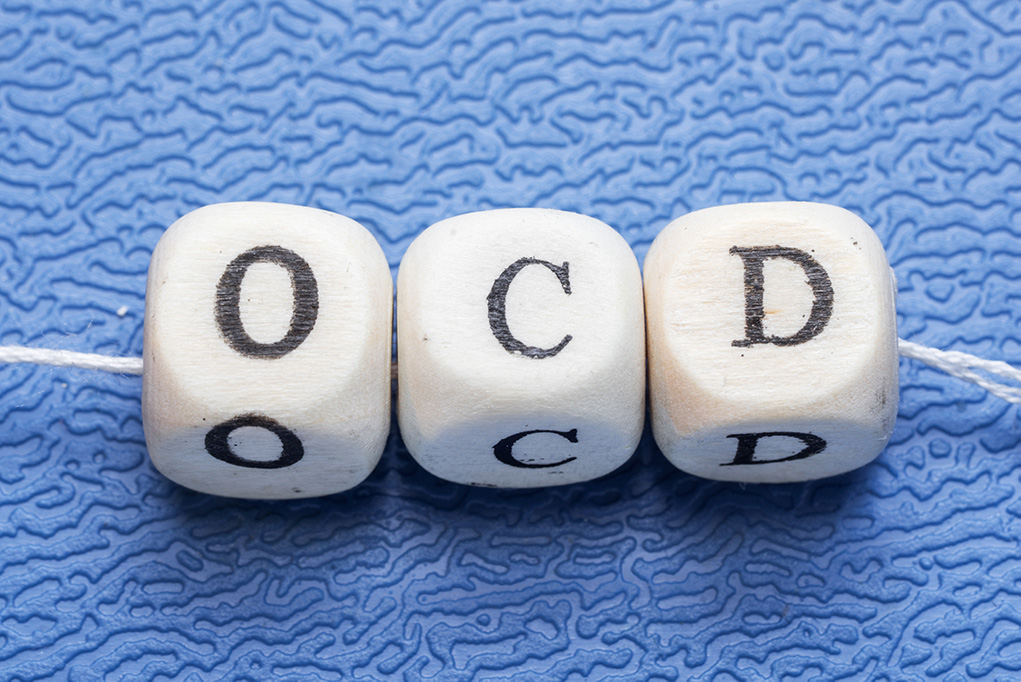As children and teens head back to the classroom, many are also heading back to the field, the gridiron, the court or the rink.
It is important for parents and coaches to familiarize themselves with the difference between helpful and unhelpful stress and anxiety as it relates to performance in sport.
Student athletes feel tremendous pressure both in and out of the classroom. Awareness and open, positive engagement is key in helping kids manage their anxiety in a variety of competitive situations.


